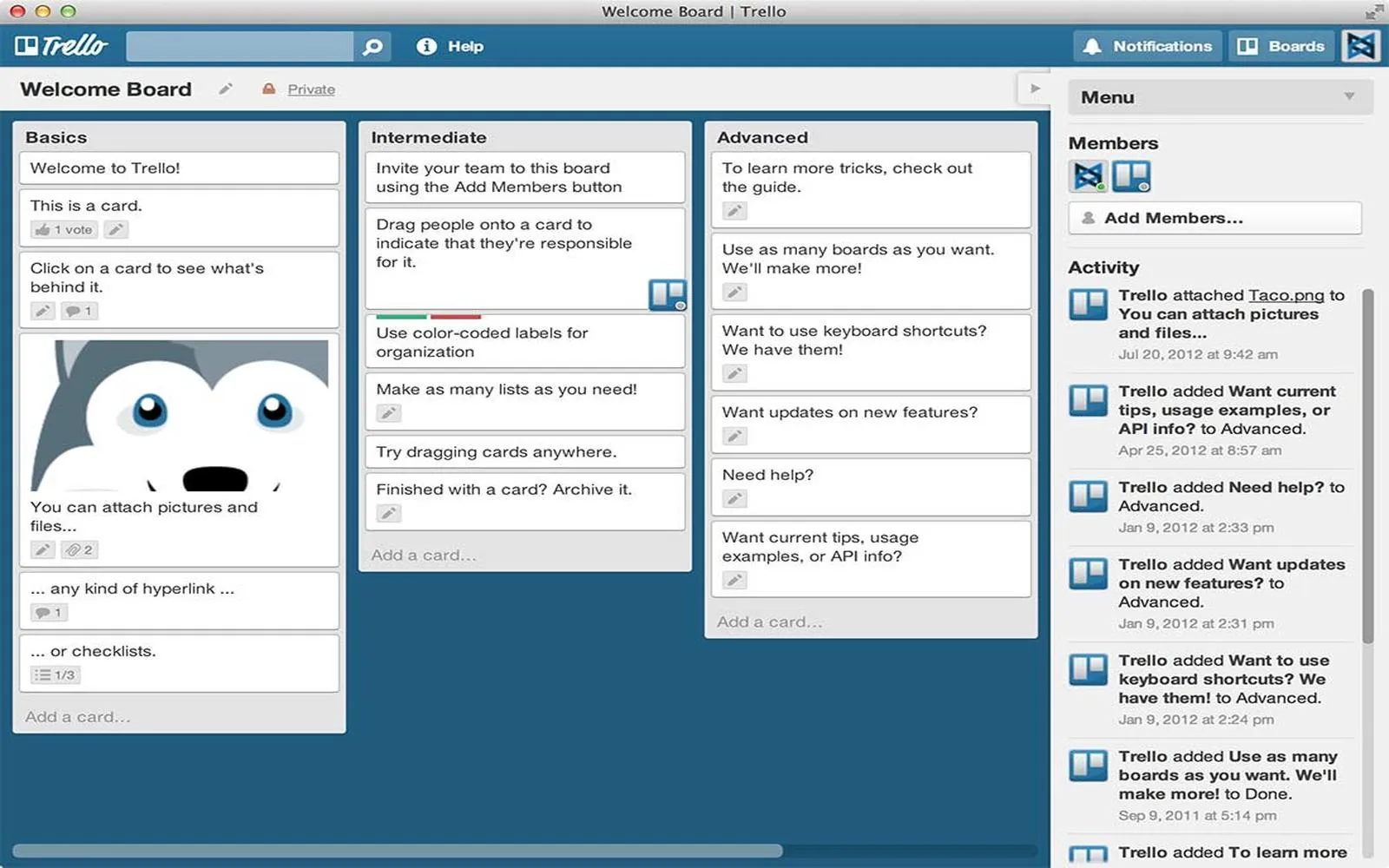As remote work becomes the norm for many organizations, supporting employees who have children at home is crucial. Balancing work responsibilities with family duties can be challenging, and employers need to implement strategies to foster a supportive environment. Here’s how to assist your team effectively.
Understanding the Challenges of Remote Work with Kids
Remote employees with children face unique challenges, including:
- Distractions during work hours
- Increased stress levels
- Difficulty in maintaining work-life balance
- Limited availability for meetings and collaboration
Recognizing these challenges is the first step in providing the necessary support. Employers can play a significant role in easing these burdens, fostering a more productive and positive remote work environment.
Flexible Work Hours
One of the most effective ways to support remote employees with children is by offering flexible work hours. Allowing employees to adjust their schedules can help them manage their work while attending to their children's needs. Here’s a simple table illustrating flexible working hours:
| Standard Hours | Flexible Hours |
|---|---|
| 9 AM - 5 PM | 7 AM - 3 PM or 11 AM - 7 PM |
| 8 AM - 4 PM | 10 AM - 6 PM or 12 PM - 8 PM |
This flexibility can help employees manage their time better and reduce stress, ultimately leading to increased productivity.
Provide Resources for Remote Work
Employers should consider offering resources that enhance the remote working experience. This can include:
- Access to virtual tools for collaboration
- Online training sessions for time management
- Guides on creating a productive home office
By equipping employees with the right tools, you empower them to manage their work more effectively, even with children at home.
Encourage Open Communication
Creating a culture of open communication is vital. Encourage employees to share their challenges and needs without fear of judgment. Regular check-ins can help managers understand their team’s struggles and adapt support accordingly. A simple survey can be an effective tool to gather feedback:
| Survey Questions | Response Options |
|---|---|
| How are you managing work and home responsibilities? | Very Well, Well, Neutral, Poorly, Very Poorly |
| What support do you need from management? | More Flexibility, Additional Resources, Emotional Support, None |
This approach ensures that employees feel heard and valued, creating a more cohesive work environment.
Promote Work-Life Balance
Encouraging a healthy work-life balance can significantly reduce stress levels. Here are some strategies to promote balance:
- Implement mandatory break times
- Encourage employees to set boundaries between work and family time
- Organize virtual family-friendly events to engage employees’ children
Such initiatives can help employees feel supported and appreciated, leading to greater job satisfaction.
Offer Mental Health Support
Recognizing the emotional toll that working from home with children can take is essential. Providing access to mental health resources can help employees cope with stress and anxiety. Consider offering:
- Online counseling services
- Stress management workshops
- Access to mental health apps
By prioritizing mental health, you show your employees that their well-being is a top priority, which can enhance loyalty and productivity.
Encourage Team Building
Fostering a sense of community is important, especially when employees are working remotely. Organizing virtual team-building activities can help strengthen relationships among employees. Here are some ideas:
- Virtual game nights
- Online coffee breaks
- Collaborative projects that involve families
These activities can promote a sense of belonging and reduce feelings of isolation that remote employees often experience.
Conclusion
Supporting employees who are working remotely with kids at home requires a multifaceted approach that emphasizes flexibility, communication, and resources. By implementing these strategies, employers can create a more supportive work environment that encourages productivity and well-being. Remember, when employees feel supported, they are likely to perform better and remain committed to the organization.





